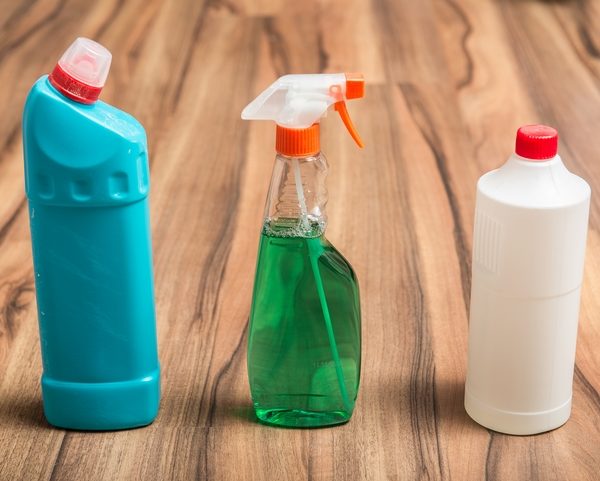
4 Household Liquids You’ve Been Improperly Disposing
The average home contains a large variety of liquid products. They help us to cook, clean and decorate our home. When it comes time to throw these products out, simply tossing the liquid in the garbage, or down the drain, can have devastating results. Not only can certain products damage the environment, but they can harm the individuals collecting, and transporting the waste.
You should educate yourself on the proper liquid waste disposal methods to avoid damaging your home and the environment.
1. Fats, Oils and Grease

The fat, oil, and grease commonly produced from cooking, should not be wrongly disposed of. Simply pouring cooking grease down the drain, can seriously affect your pipes. Grease can harden, and clog the drainage system. Ultimately leading to backups, clogs or leaks.
The proper way to dispose of grease is to allow it to harden. To do this, take the remaining oil from your cooking, and pour it into a cup. Then, place the cup in the fridge, or freezer, to harden. Once it has become a solid, you’re safe to dispose of it in your compost.
2. Automotive Products

Products used on your car, should never be poured down the drain, or tossed in the trash. Automotive products are items such as: antifreeze, motor oil, polish and wax. These products contain countless hazardous materials that can be dangerous if improperly handled. These chemicals are harmful to the environment, animals, and people.
When it comes time for you to dispose of them, there are proper steps to follow. Keep these items sealed, in their original container, and separate. Then, contact your local municipality, so they can direct you to a specialty waste depot that can accept the products, or schedule a time to pick them up from you.
3. Paint

It is not uncommon to find old paint cans hanging around a home. But, what happens when it is time to get rid of them? Paint is considered a hazardous material, and therefore should be treated as such. It is imperative not to pour any excess paint down the drain, or into the ground. Doing so can cause serious harm to both your plumbing system, and the environment.
To properly dispose of paint, remove the lid of the can, and let the contents of it dry out. To speed up this process, use an absorbent material, such as kitty litter, or sawdust. You are then able to throw the absorbent material into the garbage, and the dry paint can, into the recycling.
4. Cleaning Products

Surprisingly, the majority of cleaning products can be disposed of down your household drain. A simple rule to follow is that: if the cleaner mixes with water, it can be disposed of down your drain. Just take the remaining solution, and with the water running, pour it down. It is important to ensure that no residue, or liquid, remains in the container, prior to recycling. If there is any remaining liquid, it can cause leaks, or harm the individuals handing it. So, ensure that the containers are carefully rinsed prior to tossing.
However, for more specialized cleaners, such as furniture polish, or oven cleaner, it is essential to read the disposal instructions carefully. If you are unsure of how to dispose of an item, simply call your local waste site, or municipality. They will be able to guide you on the proper disposal method, guaranteeing no harm to your home, or the environment.
